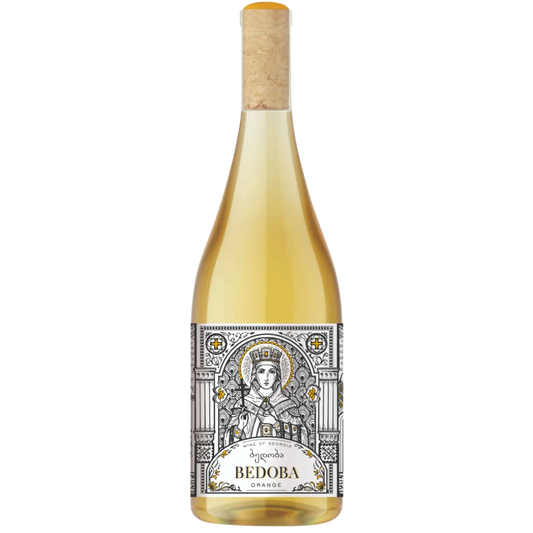
The Cradle of Winemaking: Georgia
Georgia boasts an 8,000-year-old winemaking tradition, making it one of the oldest wine regions in the world. Discover the rich history, unique grape varieties, and unparalleled cultural heritage of this remarkable country.
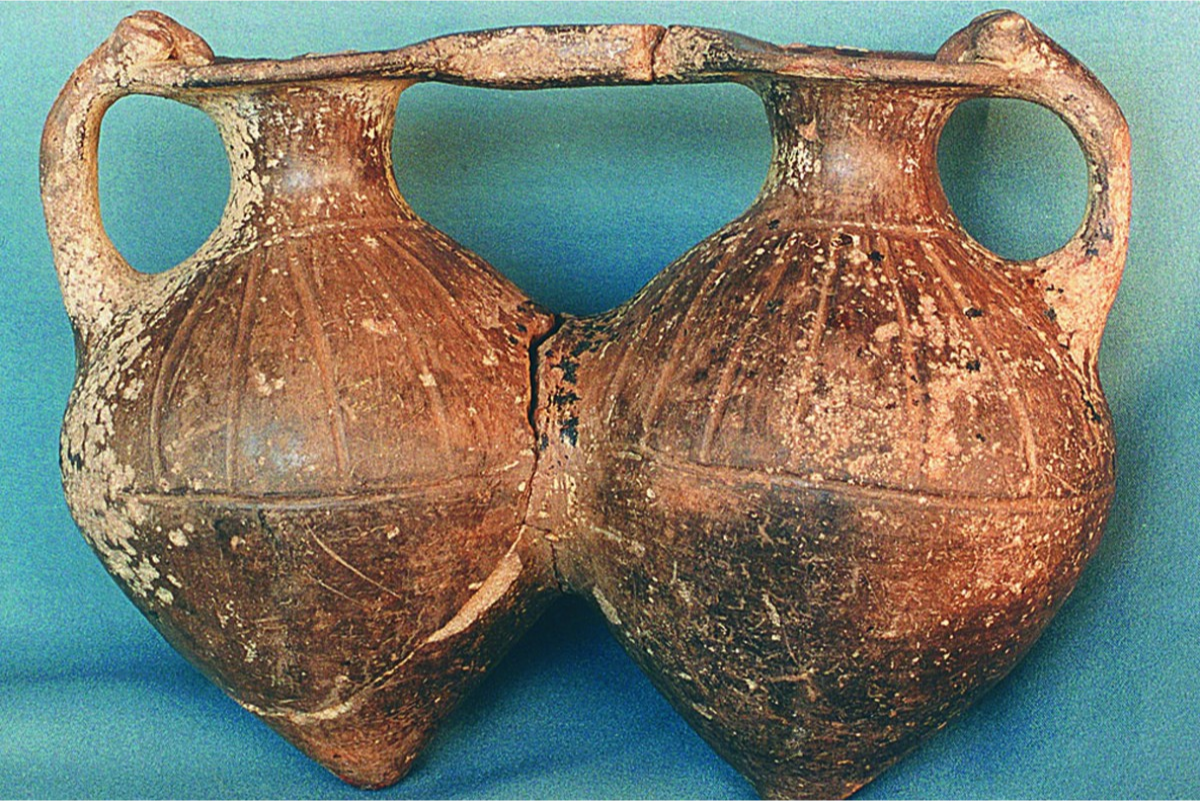
History
Ancient History
Archaeological evidence shows that Georgians were producing wine as early as 6000 BC. Ancient clay vessels, known as "qvevri", have been used for winemaking for thousands of years and are still in use today. This unique tradition has been passed down through generations, reflecting the deep connection between Georgians and the grapevine.
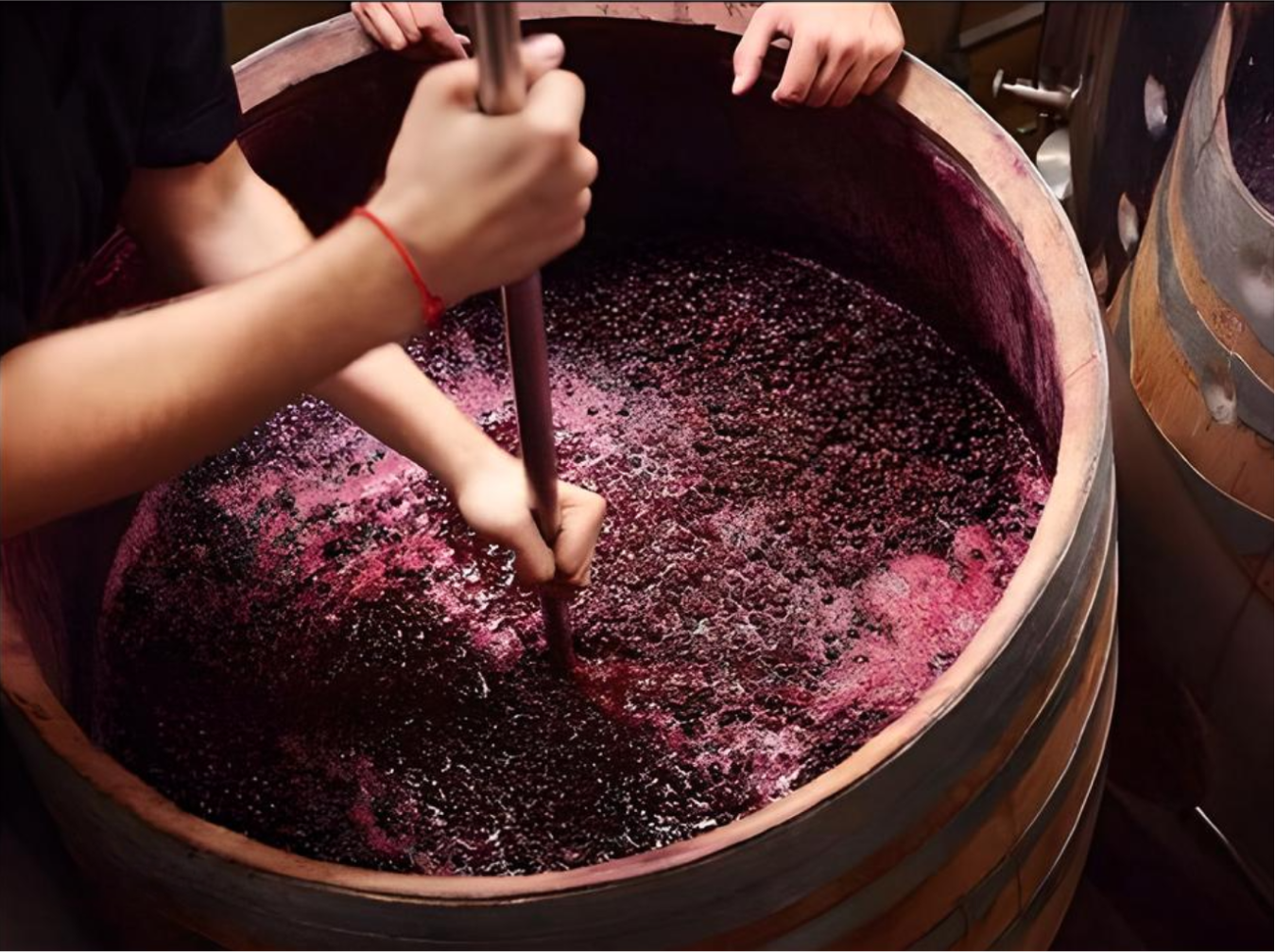
History
The Middle Ages
During the Middle Ages, winemaking in Georgia flourished. Wine played a crucial role in religious rituals, celebrations, and everyday life. Famous Georgian grape varieties, such as Saperavi and Rkatsiteli, gained widespread popularity and became the hallmarks of Georgian wines.
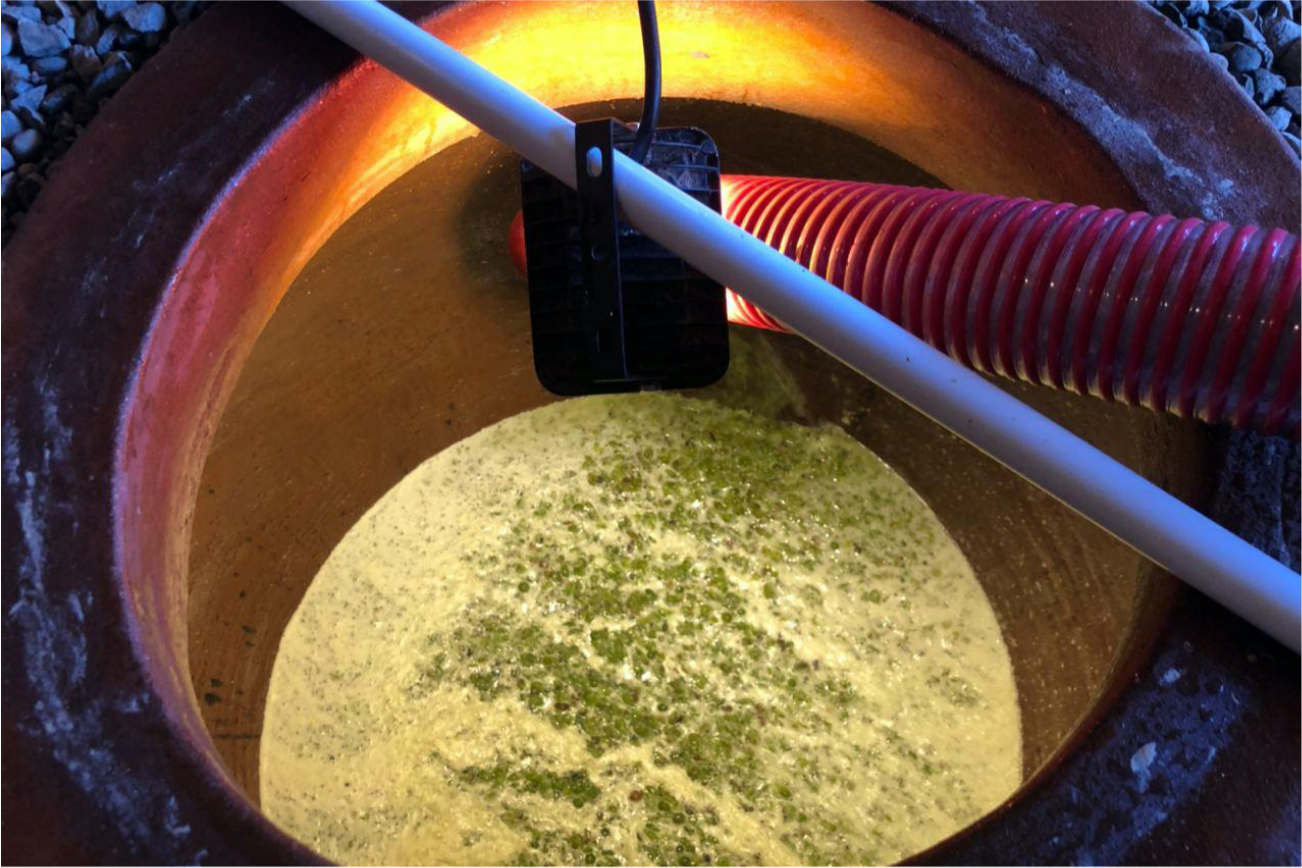
History
Modern History
Despite complex historical periods, Georgian winemaking continued to evolve. During the Soviet era, Georgia was one of the largest wine producers in the USSR. After gaining independence in 1991, Georgian winemakers returned to traditional methods and actively embraced innovations to present the world with unique, high-quality wines.

Winemaking Regions
Georgia is divided into several distinct winemaking regions, each offering unique characteristics and flavors. The Kakheti region is the most famous and largest, known for its diverse microclimates and grape varieties. Other important regions include Kartli, Imereti, Racha-Lechkhumi, and more.
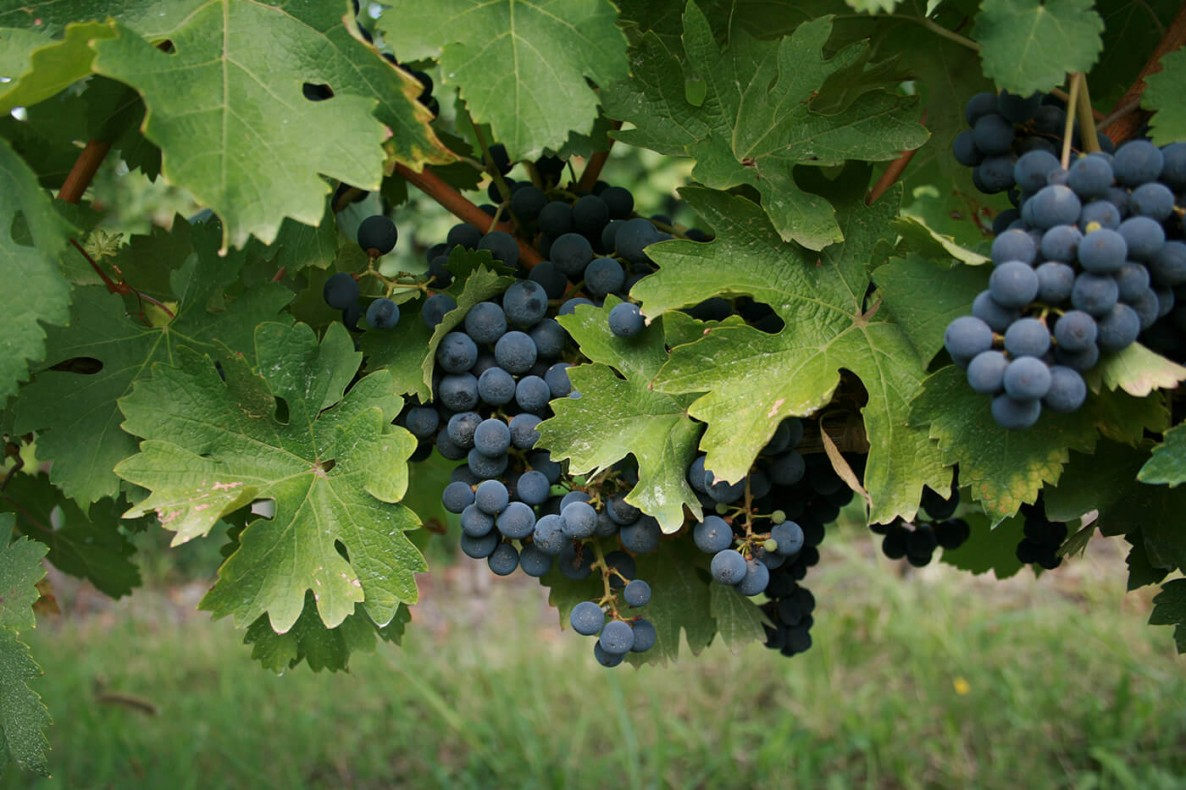
Grape Varieties
Georgia is home to over 500 unique grape varieties. Among the most renowned are Saperavi, a red grape with a deep color and full-bodied flavor, and Rkatsiteli, a white grape with refreshing acidity and floral notes.
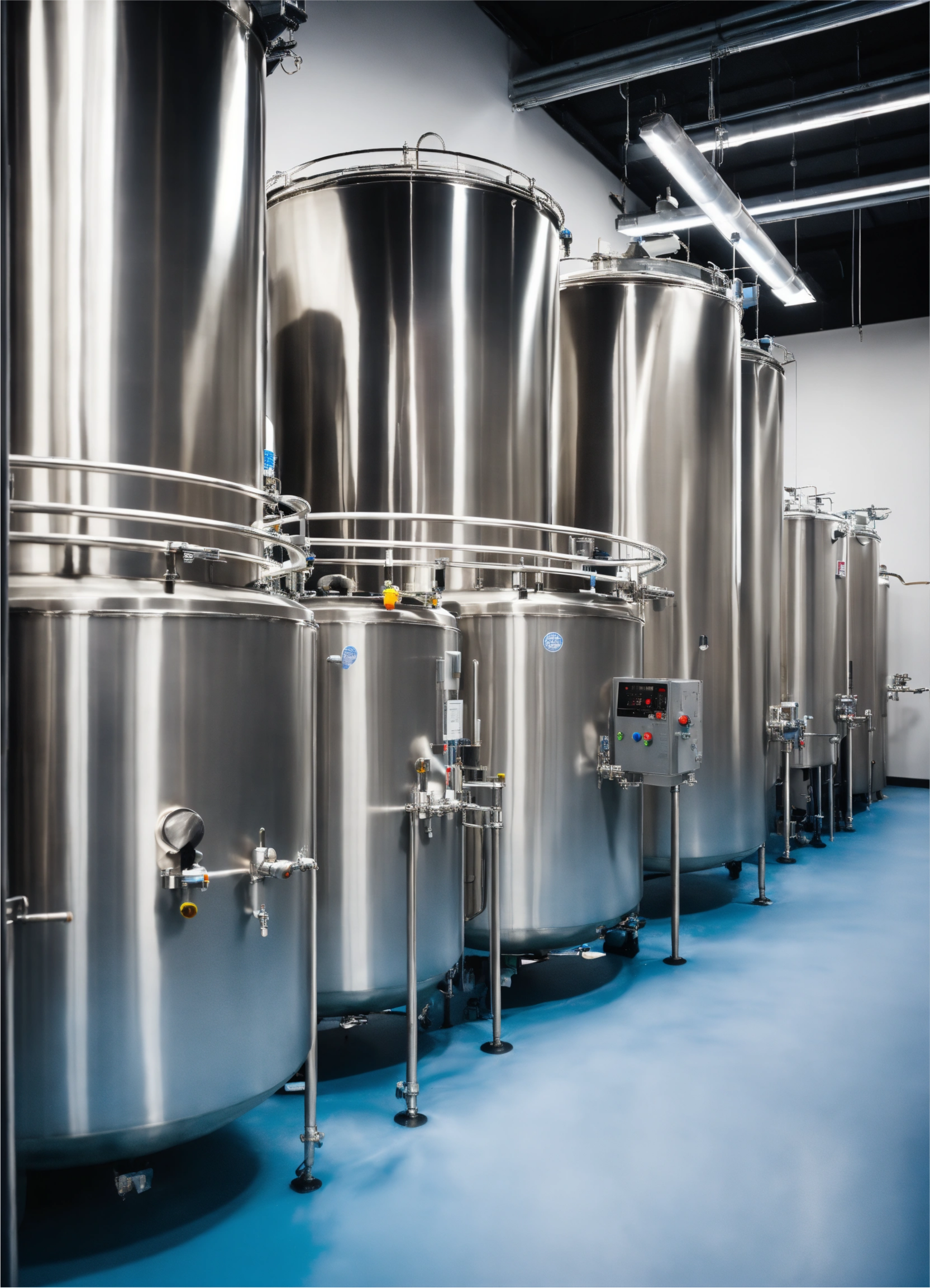
Winemaking Process
Traditional Georgian winemaking methods involve the use of qvevri - large clay vessels buried underground. This ancient technique helps to naturally regulate the temperature during fermentation. Modern innovations, such as stainless steel tanks and advanced filtration systems, complement the traditional methods, creating the distinctive Georgian wines.


Traditional Georgian Wines Qvevri
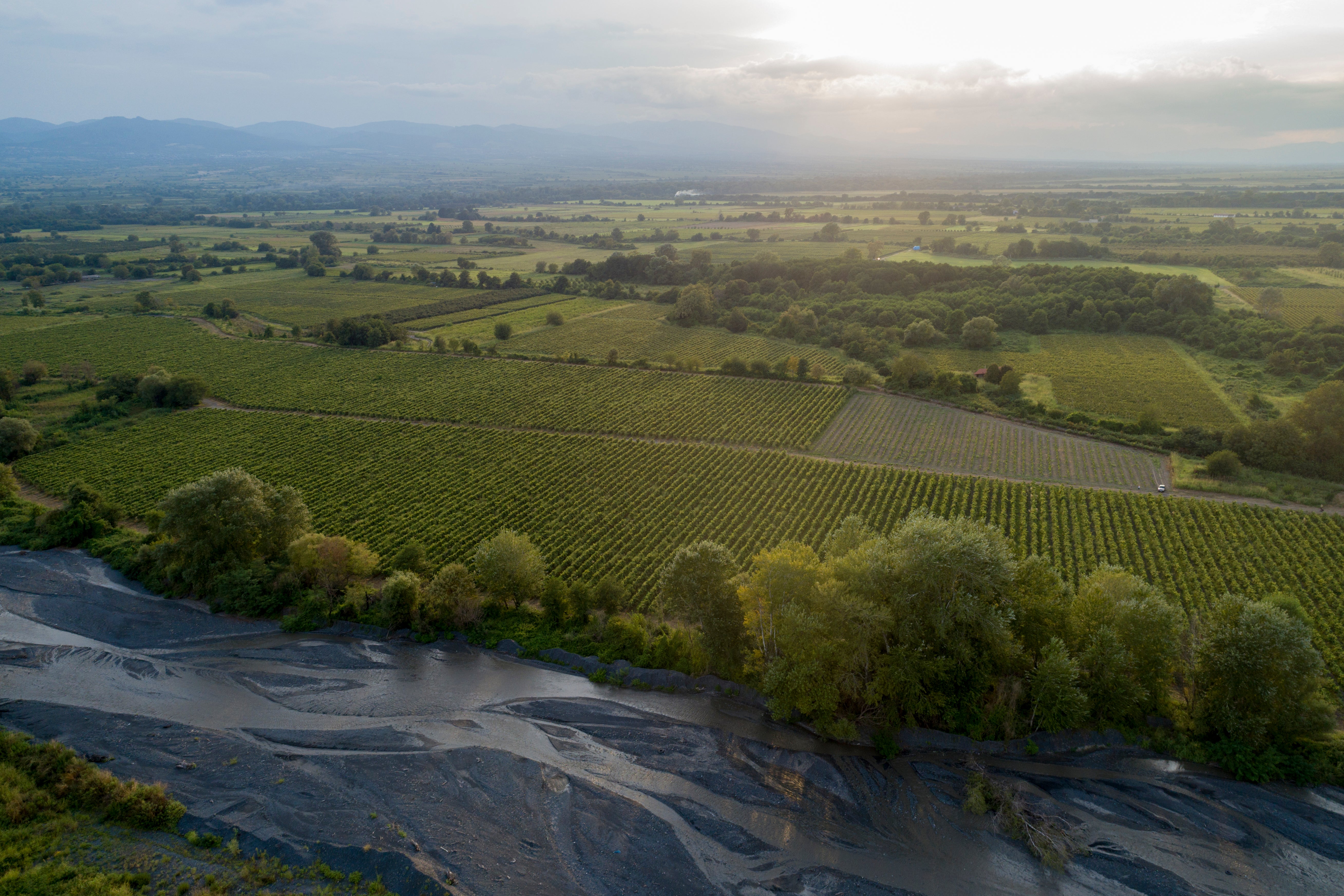
Brands and Wineries
Meet the winemakers behind your favorite Georgian wines. From family-owned vineyards to renowned brands, get to know the people and stories that make Georgian wine special. For example, Pheasant's Tears winery is famous for its commitment to organic and traditional winemaking techniques.
Cultural Heritage
Wine is deeply embedded in Georgian culture, celebrated in festivals, songs, and daily life. One of the most famous traditions is the "supra", a Georgian feast where wine flows freely, and toasts are an art form. Wine is inextricably linked to Georgian identity, shaping their festivals, music, and everyday experiences.Discover the rich legacy and passion of Georgian winemaking. Whether you're an experienced wine connoisseur or a curious beginner, we invite you to explore the unique world of Georgian wines and savor their unparalleled flavors.







